Nau mai, haere mai ki Te Puia. Please check-in 15 minutes prior to your scheduled tour departure time.
Artists
|
Tipene Oneroa
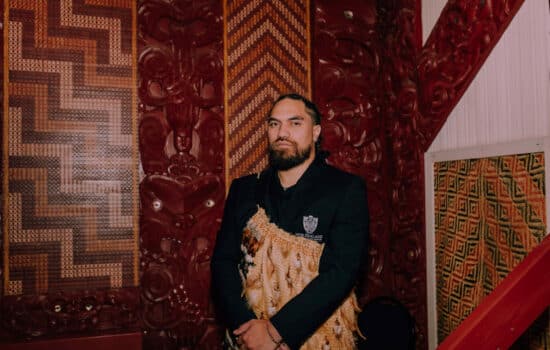
Tipene Oneroa
Mātanga Whakairo- Ngāpuhi, Te Arawa
Wānanga
Description Tipene Oneroa, born and raised in Australia, returning home to Aotearoa upon successfully securing a place within our wananga, he is nearing the end of his whāinga aronui (3rd year extra studies) at Te Takapū o Rotowhio (NZMACI’s National Bone & Stone Carving School). Due to graduate at the end of September, Tipene has been working on a series of three pieces, based on a customary Te Tai Tokerau (Northern) style of papa kōiwi (burial chest).
Te Takapū o Rotowhio
Description Tipene Oneroa, born and raised in Australia, returning home to Aotearoa upon successfully securing a place within our wananga, he is nearing the end of his whāinga aronui (3rd year extra studies) at Te Takapū o Rotowhio (NZMACI’s National Bone & Stone Carving School). Due to graduate at the end of September, Tipene has been working on a series of three pieces, based on a customary Te Tai Tokerau (Northern) style of papa kōiwi (burial chest).
Mahi
Having approached his series with the intent of creating vessels containing representations of life, death and the place in-between, the afterlife.“First in this series I used parāoa (whale bone) the piece is a rendition, of an already existing historical piece, representing Maui and his attempt to capture immortality, ultimately leading to his demise.The second piece I carved from pounamu (NZ jade) inspired by historical papa kōiwi, I wanted to expand my technical ability, to push the translucency within this piece to make it glow, representing life and rebirth.Currently I am carving my third and final piece of this series out of ōnewa (greywacke), a medium sized sculpture that captures the mystical elements of the unknown, the afterlife”.
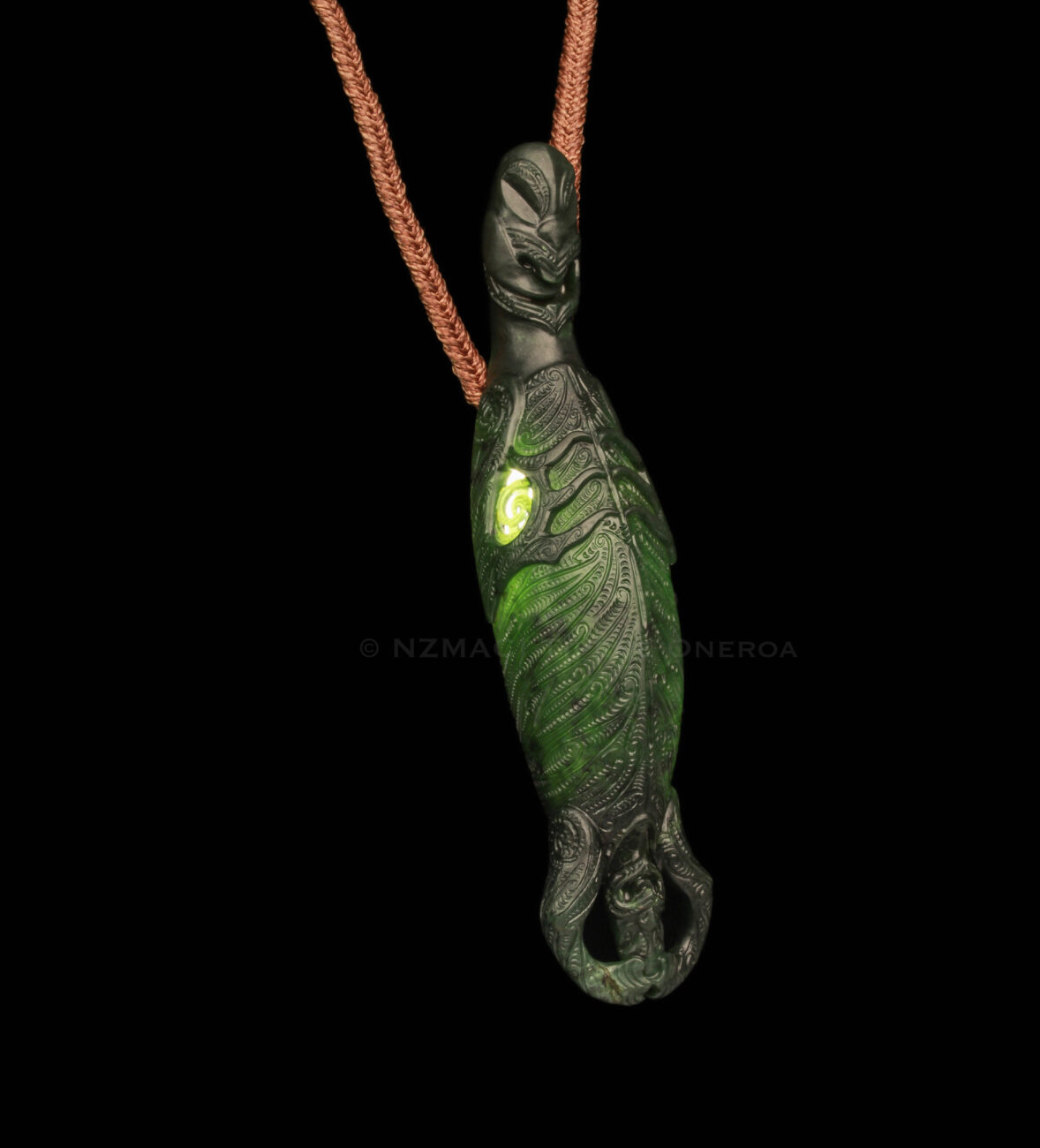
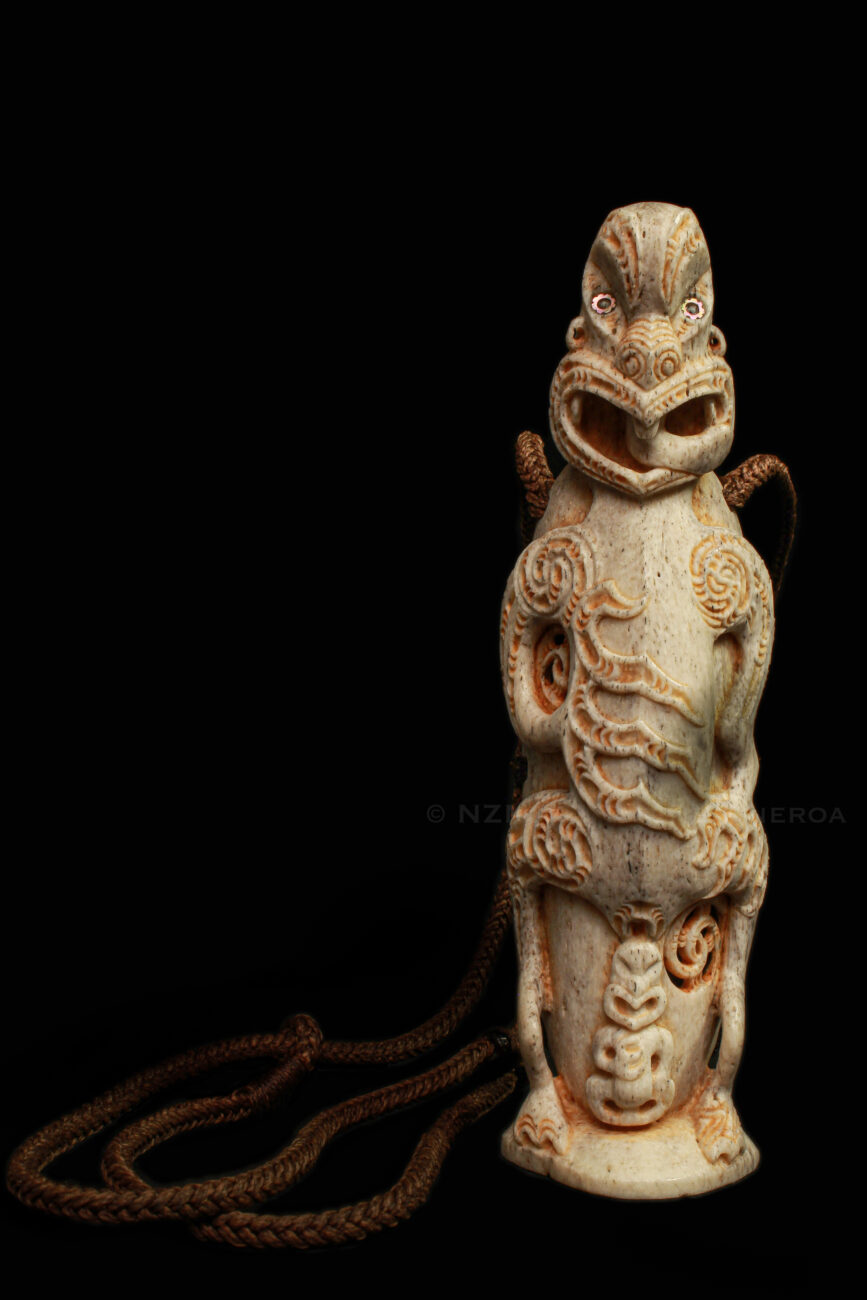
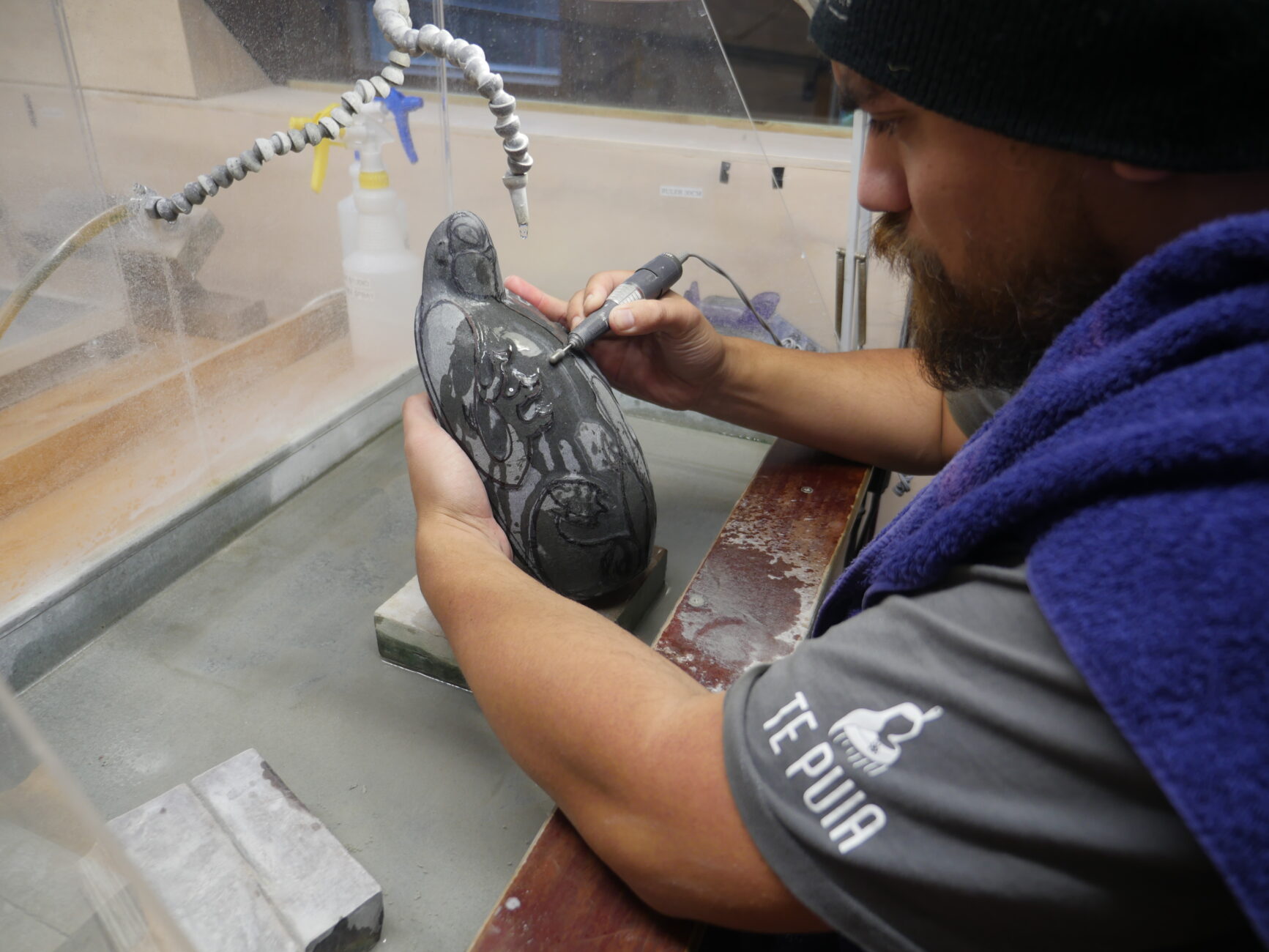
Tipene Oneroa, born and raised in Australia, returning home to Aotearoa upon successfully securing a place within our wananga, he is nearing the end of his whāinga aronui (3rd year extra studies) at Te Takapū o Rotowhio (NZMACI’s National Bone & Stone Carving School).
Due to graduate at the end of September, Tipene has been working on a series of three pieces, based on a customary Te Tai Tokerau (Northern) style of papa kōiwi (burial chest).
Mahi
Having approached his series with the intent of creating vessels containing representations of life, death and the place in-between, the afterlife.
“First in this series I used parāoa (whale bone) the piece is a rendition, of an already existing historical piece, representing Maui and his attempt to capture immortality, ultimately leading to his demise.The second piece I carved from pounamu (NZ jade) inspired by historical papa kōiwi, I wanted to expand my technical ability, to push the translucency within this piece to make it glow, representing life and rebirth.Currently I am carving my third and final piece of this series out of ōnewa (greywacke), a medium sized sculpture that captures the mystical elements of the unknown, the afterlife”.
Their creations
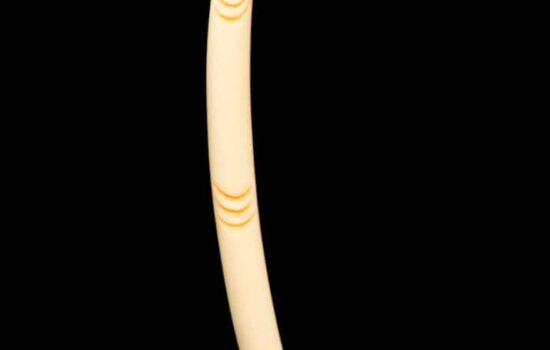
Sold
Aurei
Aurei were customarily used as a pin for fastening cloaks and may be made from bone, stone, wood or shell. They may also have been worn through the ear as an earring or around the neck as a pendant. Aurei are still commonly worn as pendants and earrings and as with most Māori personal adornments, […]
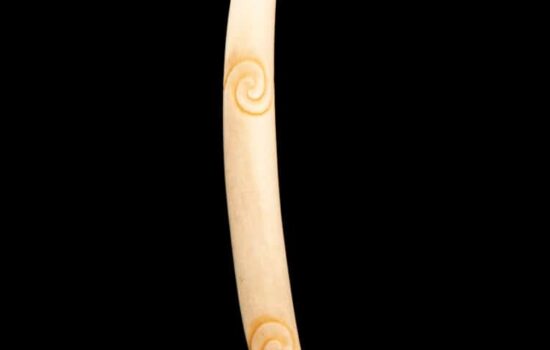
Sold
Aurei
Aurei were customarily used as a pin for fastening cloaks and may be made from bone, stone, wood or shell. They may also have been worn through the ear as an earring or around the neck as a pendant. Aurei are still commonly worn as pendants and earrings and as with most Māori personal adornments, […]
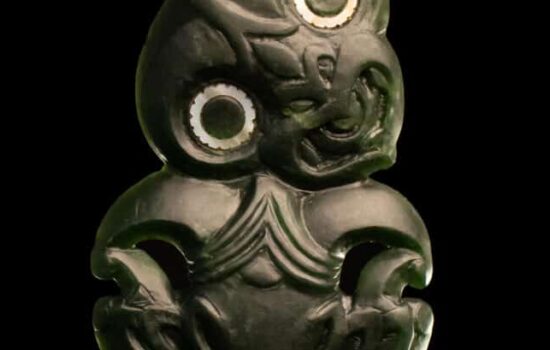
Sold
Hei Tiki
Hei tiki are the best known of all Māori adornments. Tiki are symbols of fertility that depict a new-born child. They are often family heirlooms bearing personal names and embodying their wearers lineage. As with most Māori personal adornments, hei tiki are often passed down generationally.
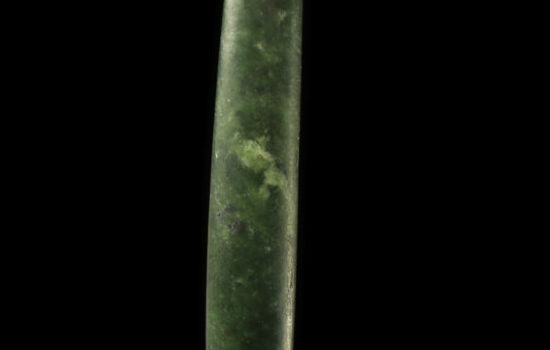
Sold
Manu
This manu (bird) form is a variation of the kapeu which are slender adornments with a slight bend at the bottom and were often worn as ear pendants. This manu has been fashioned from pounamu (New Zealand Jade). Kapeu were highly prized and a sign of high rank in Māori society. They are commonly also […]
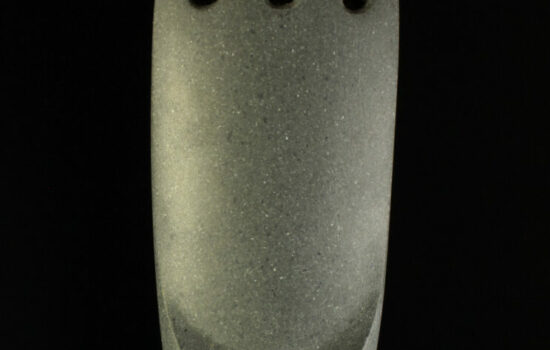
Sold
Rei Puta
The mark of a high Chief was one who wore the rei puta (whale tooth pendant), as the teeth of the sperm whale were highly prized because of their rarity. Usually these pendants had simply etched out eyes to form a head at one end. With actual whale teeth being such a rarity, it became […]
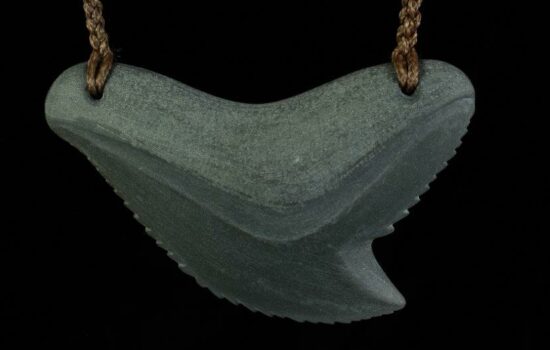
Sold
Tiger Shark Tooth
Shark teeth were highly sought after to wear as a symbol of prestige for personal adornment. They were reflective of the mana of the shark itself. This tooth pendant references the Tiger shark. This shark is an aggressive predator and is found mostly in tropical and warm waters. Tiger sharks are named for the dark, […]
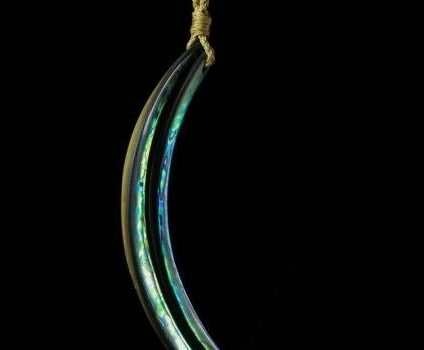
Sold
Autui
Autui were customarily used as a pin for fastening cloaks and may be made from bone, stone, wood or shell. They may also have been worn through the ear as an earring or around the neck as a pendant. Autui are still commonly worn as pendants and earrings and as with most Māori personal adornments, […]
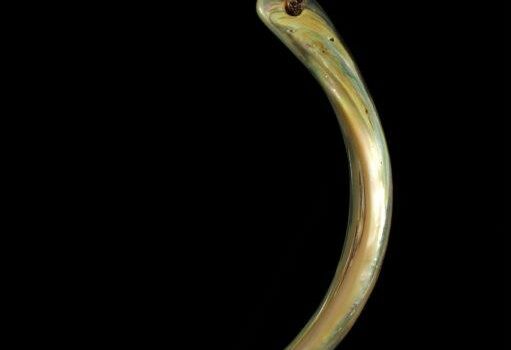
Sold
Aurei
Aurei were customarily used as a pin for fastening cloaks and may be made from bone, stone, wood or shell. They may also have been worn through the ear as an earring or around the neck as a pendant. Aurei are still commonly worn as pendants and earrings and as with most Māori personal adornments, […]
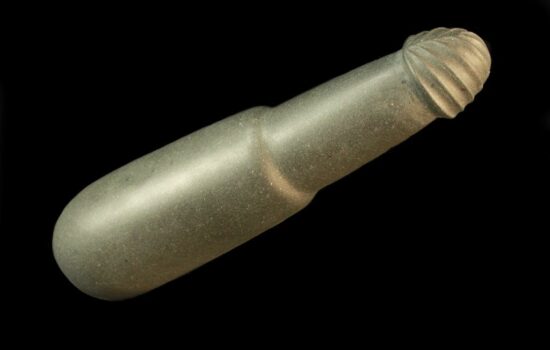
Sold
Patu Muka
Flax was an important item in the Māori economy, and the skills associated with its preparation were highly prized. Before flax could be woven, the outer green layer was removed and the inner fibres were soaked and pounded until soft. This patu muka (flax pounder) was a tool used in the process.
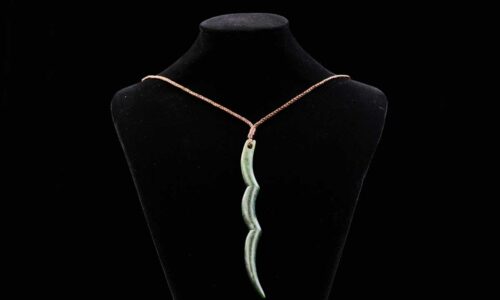
Sold
Whakakaipiko
Whakakaipiko forms were given as a symbol of endearment. Whakakaipiko are long and slender personal adornments characterised by a ‘piko’ or kink in the body of the pendant. Customarily they were used as a pin for fastening cloaks and may be made from bone, stone, wood or shell. Whakakaipiko are commonly worn as pendants.